Gross Domestic Product
• For the first half of 2015, the Philippine economy grew by 5.3 percent, with growth rate of 5.0 percent in the first quarter and 5.6 percent in the second quarter. This rate falls short of the original official target for this year, but NEDA officials are optimistic that the economy can still reach at least 6.0 percent real GDP growth this year.
• This performance will still make the country as one of the best performers among the emerging economies, especially when one considers the general weakness of the global economy. As advanced economies are expected to recover next year, growth can accelerate towards 7 percent next year.
• In the listing of Asian economies, the Philippines ranked 4th in terms of 2nd Quarter 2015 GDP growth. The Asian countries with above-average growths during the April-June 2015 period include: China (7%); India (7%); Vietnam (6.44%); Philippines (5.6%); Malaysia (4.9%); and Indonesia (4.67%).
• The Philippines continues to be driven by robust domestic demand, propelled by household consumption growth at 6.2% and improved public expenditure performance. Following the President’s action on underspending, year-on-year growth in government expenditures for June breached 17%, pushing total expenditures above the trillion-peso mark by the first half of 2015.We expect public spending to play a bigger role in second semester performance as we have ample fiscal space in the P2.6 trillion 2015 budget to fund growth-inducing investments.
• Fitch Ratings improved its outlook on the Philippines’ credit rating, which went from “stable” to “positive” in September, The country’s current rating of BBB-, which is the minimum investment grade, is very likely to be upgraded soon.
• Standard and Poor’s (S&P) has tagged the Philippines as the least vulnerable emerging market economy that would be affected by adverse global trends brought about by the impending interest rate hike in the US and the economic slowdown in China.
• Recently, International Monetary Fund (IMF) officials projected that the Philippines will be less affected by the slowdown of the Chinese economy. Citing healthy “fiscal and monetary space” with a current account surplus and a reasonable level of foreign exchange reserves, the IMF officials believe that the country is quite well-placed to manage the spillovers from global developments.
Trade / Exports / Imports
• Cumulative merchandise exports for the seven-month period in 2015 registered a 4.1 percent decrease, i.e., from $35.659 billion in 2014 to $34.214 billion in same period of 2015. Electronic Products remained as the country’s top export with total receipts of $2.818 billion, accounting for 52.9 percent of the total exports revenue in July 2015.
• Combined imports for the seven month period of 2015 amounted to $37.228 billion, a 0.1 percent increase compared with $37.175 billion in the same period of last year.
• The total imported goods by the country for the month of July 2015 amounted to $6.504 billion, an increase of 16.9 percent from $5.564 billion recorded during the same period a year ago. This increase was due to the positive performance of nine out of the top ten major imported commodities for the month. These were: Power Generating and Specialized Machinery; Miscellaneous Manufactured Articles; Other Food & Live Animals; Electronic Products; Industrial Machinery and Equipment; Telecommunication Equipment and Electrical Machinery; Iron and Steel; Plastics in Primary and Non-Primary Forms; and Transport Equipment.
PHL-UK Trade (in Million U.S. Dollars)
Total Trade Exports to UK Imports from UK BOT
Value Value Value .
2014 846 460 385 75
2013 879 578 301 277
Inflation
• The headline inflation at the national level further slowed down to 0.6 percent in August. It was posted at 0.8 percent in July and 4.9 percent in August 2014.
• Annual decreases were still registered in the indices of housing, water, electricity, gas and other fuels and transport. Annual increments also decelerated in all the other commodity groups except in the indices of communication; education; and restaurant and miscellaneous goods and services.
• At its meeting last September, the Monetary Board decided to maintain the BSP’s key policy rates at 4.00 percent for the overnight borrowing or reverse repurchase (RRP) facility and 6.00 percent for the overnight lending or repurchase (RP) facility. The Monetary Board’s decision is based on its assessment of the dynamics and risks in the inflation environment over the policy horizon.
• While latest baseline forecasts show that inflation could fall below the inflation target range of 3 percent ± 1 percentage point for 2015 due to the successive low inflation outturns in recent months, inflation is projected to return gradually to a path consistent with the inflation target for 2016-2017.
Employment
• The employment rate reported or the proportion of employed persons to total labor force was 93.5 percent. In the same month of the previous year (July 2014) employment rate was 93.3 percent.
• The unemployment rate in July 2015 was estimated at 6.5 percent. Last July 2014, the unemployment rate was 6.7 percent.
Budget
• The National Government’s budget balance in July 2015 was at a deficit of P32.2 billion, exceeding last year’s deficit of P1.8 billion for the period on the back of robust expenditure growth. Year-to-date, the budget balance was at a deficit of P18.5 billion, lower than the P55.7 billion posted last year.
• The primary balance for the month was at a surplus of P20.9 billion, while year-to-date primary surplus registered at P190.7 billion, P38.5 billion higher compared to the P152.2 billion posted this time last year.
• National Government disbursements for the month totalled P210.7 billion, reflecting formidable year-on-year growth of 25%. For the period of January to July, expenditures reached P1.28 trillion, reflecting an increase of 11% from year-ago levels.
• Year-to-date, interest payments amounted to P209.2 billion, which is still within the government’s program for the period. Interest payments for January-July 2015 accounted for 16% of expenditures, improving on the 18% share recorded last year.
• For 2015, Government is looking to increase spending for social services by 15 percent and decrease spending on debt burden from 15.6 percent last year to 14.3 percent this year. Robust revenue performance and proactive liability management also brings the country closer to reaching the infrastructure spending equivalent of 5 percent of GDP in 2016.
• The Philippines has sustained the inflow of foreign portfolio investments in the first seven months of the year despite the pullout of foreign funds over the past five months due to external shocks.
• Transactions for this period yielded net inflows of US$478 million, a turn-around from the US$1.1 billion net outflows recorded in 2014 when funds flowed back to the United States as tapering of the quantitative easing program started in early 2014.
• For the month of July 2015, registered foreign portfolio investments amounted to US$1.4 billion compared to US$1.7 billion last May, as the imminent interest rate hike in the US weighed down on investor sentiment. Outflows registered a drop of more than US$0.6 billion from the June 2015 figure, resulting in an overall net outflow of US$160 million for July.
• The United Kingdom, United States, Singapore, Hong Kong, and Luxembourg were the top five (5) investor countries for the month, with combined share to total of 80.2 percent. The United States continued to be the main destination of outflows, receiving 71.9 percent of total.
Currency / Reserves
• In the second quarter of 2015, the peso depreciated against the US dollar by 0.6 percent to average P44.67/US$1 from a quarter ago and by 1.2 percent relative to the P44.13/US$1 average in the second quarter of 2014.
• The weakness of the peso during the review quarter was mainly on account of continued uncertainty on the timing and potential impact of US policy rate normalization. Nonetheless, the sustained inflows of foreign exchange from overseas Filipino remittances, BPO and tourism receipts, and foreign direct investments, as well as the ample level of the country’s gross international reserves provided support to the peso.
• The country’s gross international reserves (GIR) increased to US$80.6 billion as of end-June 2015, 0.1 percent higher than the end-March level of US$80.5 billion. The increase was due mainly to the NG’s net foreign currency deposits and the BSP’s foreign exchange (FX) operations and income from investments abroad.
Remittances
• Cash remittances from Overseas Filipinos coursed through banks reached US$2.2 billion in June 2015, up by 6.1 percent from the year-ago level. On a cumulative basis, cash remittances for the period January-June 2015 totalled US$12.1 billion, higher by 5.6 percent than the US$11.4 billion posted in the comparable period in 2014.
• In particular, cash remittances from land-based (US$9.2 billion) and sea-based (US$2.8 billion) workers grew by 6.2 percent and 3.7 percent, respectively. The major sources of cash remittances were the United States, Saudi Arabia, the United Arab Emirates, the United Kingdom, Singapore, Japan, Hong Kong, and Canada.
• Cash remittances from the UK to the Philippines reached US$735,258,000 from January to June 2015, down by -6.06% from US$782,676,000 for the same period in 2014.
Tourists
• Total earnings gained from tourism activities for the first seven months of the year grew by 3.08%, as income derived from the 3.11 million visitors summed up to Php 130.22 billion from the Php 126.33 billion for the same period in 2014.
• There were 91,239 arrivals from the UK during the same period, representing 12.30% growth. UK ranks as the 9th top market for the Philippines as of July 2015.
Did you like this? Share it:







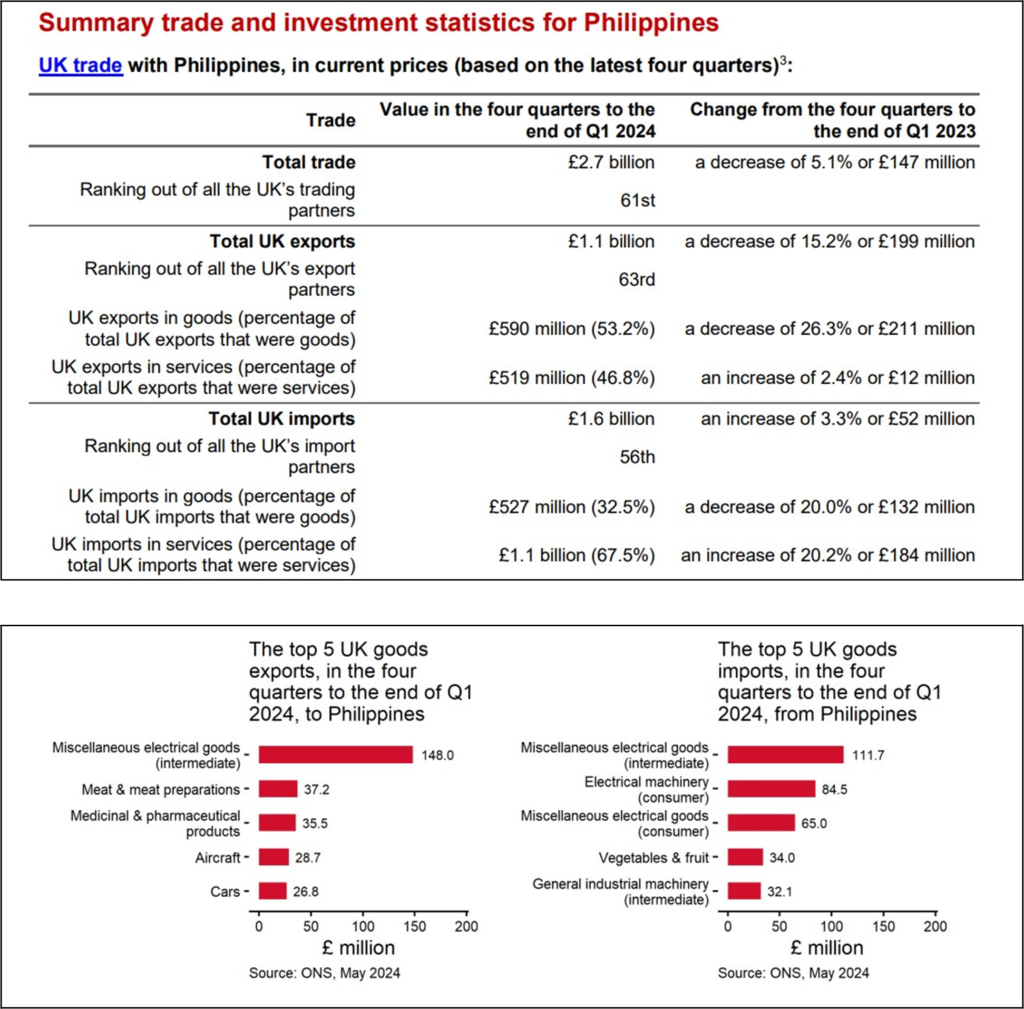
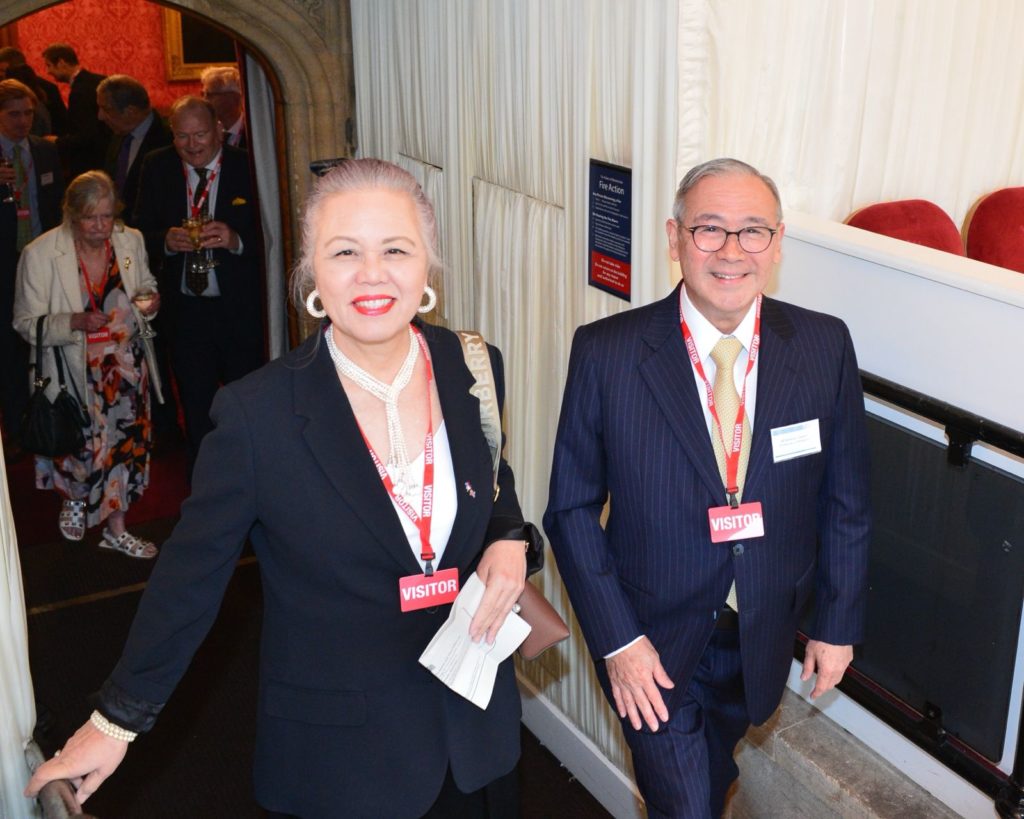
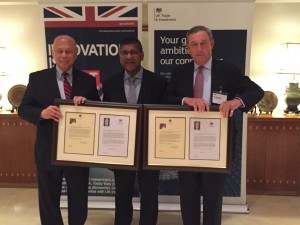
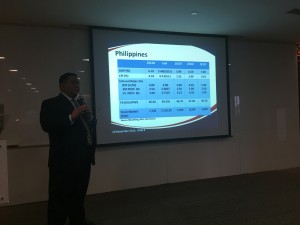
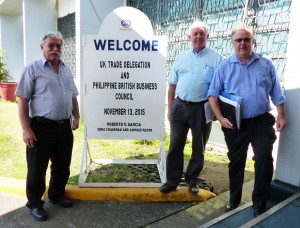
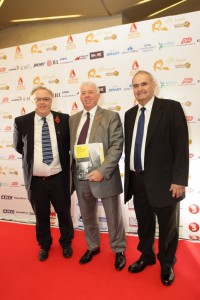
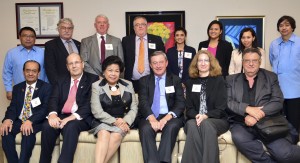
Recent Comments